This week the Pole Barn Guru answers reader questions about the proper way to insulate the walls of a metal building, advice on bolting truss carriers, and advice about, “building code standards for the horizontal infill framing” on a post frame building.
DEAR POLE BARN GURU: I would like to insulate the interior walls of a metal building so they could be finished with plywood or drywall so I could use the building as a cabin. The ceiling is insulated with fiberglass, but the walls are not. What is the proper way to insulate/frame the interior walls? BRIAN in COLUMBIA
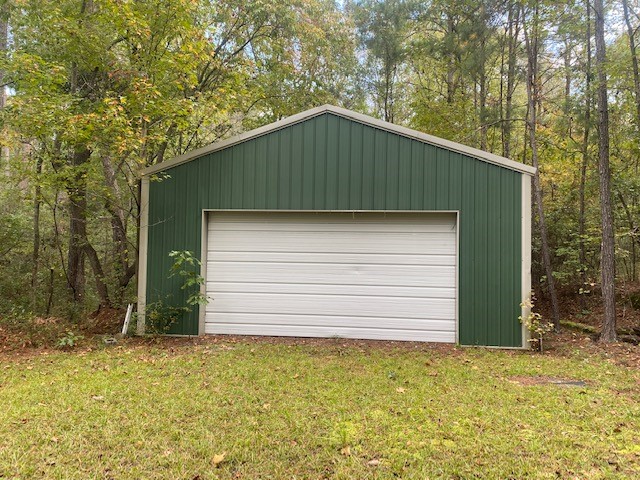
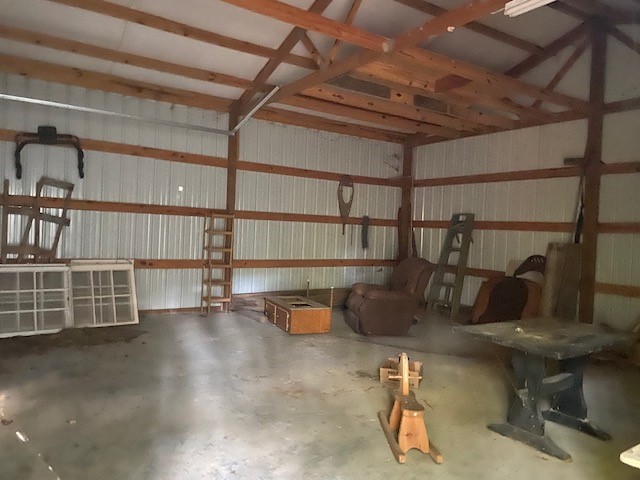
DEAR BRIAN: The proper way would have been to have had your walls framed using commercial bookshelf wall girts https://www.hansenpolebuildings.com/2019/09/11-reasons-post-frame-commercial-girted-walls-are-best-for-drywall/.
You can still do this – using 2×4 #2 girts bookshelf style between the columns (hold girts flush to inside of columns).
I would recommend using rock wool batts, as they are unaffected by moisture https://www.hansenpolebuildings.com/2013/03/roxul-insulation/, with a well-sealed 6mil clear visqueen vapor barrier on the inside.
DEAR POLE BARN GURU: I am building a pole shed with 12′ side walls I have already poured a cement slab 10’x42′ next to the back wall I have installed [5] 6×6 poles with cement pads underneath them I am going to be measuring today for where to bolt on a truss carrier, do I measure 12′ up from the cement slab to mark where the truss carrier goes? TODD in ELK MOUND
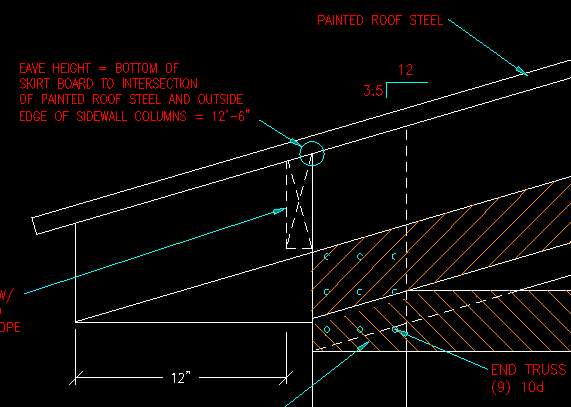
DEAR TODD: Height of your truss carrier should be delineated on your engineer sealed, site specific, structural building plans. Typically, post frame buildings are measured by eave height, not ceiling height. https://www.hansenpolebuildings.com/2012/03/eave_height/
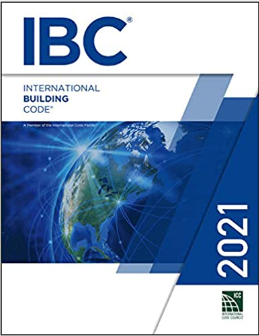 DEAR POLE BARN GURU: What are the building code standards for the horizontal infill framing between the posts of a post frame buildings, in terms of timber size, horizontal/vertical on center distance. I have seen 2x4s and 2x6s used, usually 24″ o/c vertically. Horizontally, how far can they span horizontally? JOHN in BANDERA
DEAR POLE BARN GURU: What are the building code standards for the horizontal infill framing between the posts of a post frame buildings, in terms of timber size, horizontal/vertical on center distance. I have seen 2x4s and 2x6s used, usually 24″ o/c vertically. Horizontally, how far can they span horizontally? JOHN in BANDERA
DEAR JOHN: Code requirement is wall girts must meet with minimum jurisdictional design criteria for wind speed and exposure (for reading on Exposure see https://www.hansenpolebuildings.com/2022/06/wind-exposure-and-confusion-part-iii/).
Deflection must be within limits specified in IBC Table 1604.3.
Externally mounted wall girts rarely meet deflection criteria https://www.hansenpolebuildings.com/2012/03/girts/
In most instances, bookshelf wall girts are a best structural design solution: https://www.hansenpolebuildings.com/2011/09/commercial-girts-what-are-they/
Ultimately, building from a fully engineered set of site specific plans will ensure your wall girts are properly designed to resist imposed loads.
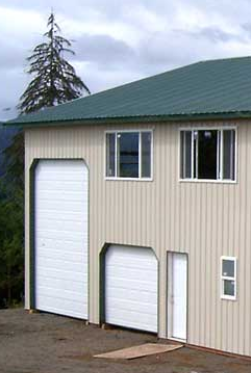 My wife and are currently going to market with our home in Lakeville and are considering our next steps. We have a great deal of interest in exploring an affordable option for our current needs which include about 1,500 SF of residential space and then remaining storage for a 45’ motorcoach, our vehicles/toys, shop and an above ground “block” safe room. As we have no idea what the cost, or practicality, of this option is we felt it would be a good first step to determine your design services and simply what you have to offer in terms of options.
My wife and are currently going to market with our home in Lakeville and are considering our next steps. We have a great deal of interest in exploring an affordable option for our current needs which include about 1,500 SF of residential space and then remaining storage for a 45’ motorcoach, our vehicles/toys, shop and an above ground “block” safe room. As we have no idea what the cost, or practicality, of this option is we felt it would be a good first step to determine your design services and simply what you have to offer in terms of options. DEAR POLE BARN GURU:
DEAR POLE BARN GURU: 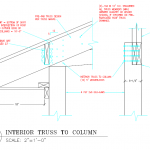 DEAR MARK: By “top boards” I will guess you are placing ‘truss carriers’ (headers) between columns in order to support trusses. In my humble opinion it would be best to utilize a two-ply ganged prefabricated wood roof truss at each column (notched in) and eliminate carriers entirely. It is far cleaner structurally as you eliminate numerous connections and if a failure is going to occur, it is most often at a connection.
DEAR MARK: By “top boards” I will guess you are placing ‘truss carriers’ (headers) between columns in order to support trusses. In my humble opinion it would be best to utilize a two-ply ganged prefabricated wood roof truss at each column (notched in) and eliminate carriers entirely. It is far cleaner structurally as you eliminate numerous connections and if a failure is going to occur, it is most often at a connection.





